20+ Sample Construction Contracts
-

Construction Contract
download now -
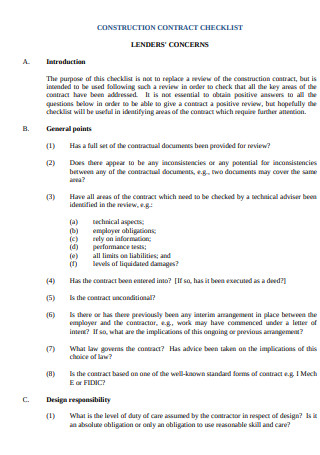
Construction Contract Checklist
download now -
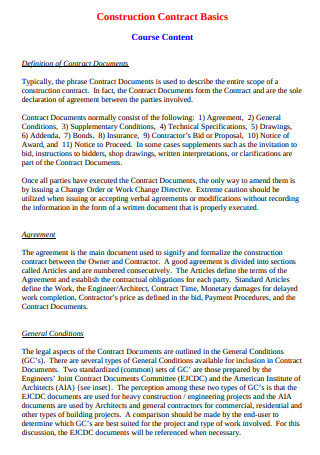
Basic Construction Contract
download now -

Sample Construction Contract
download now -
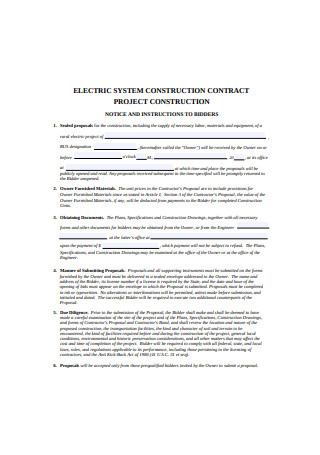
Electric System Construction Contract
download now -
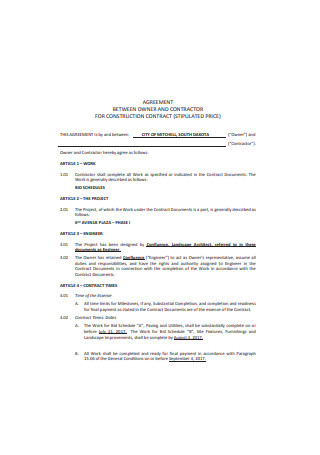
Sample Construction Contract Format
download now -
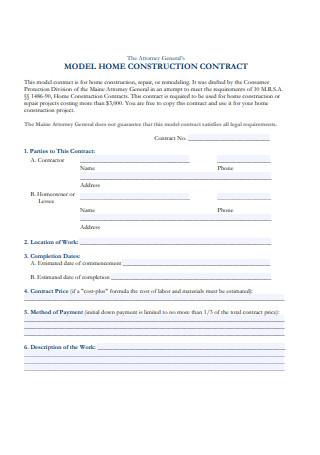
Home Construction Contract
download now -
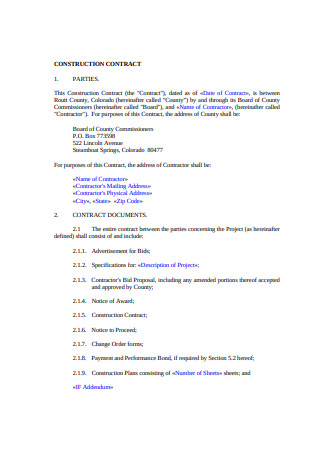
Sample Construction Contract Example
download now -
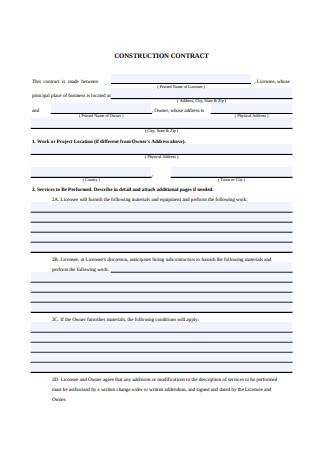
Basic Construction Contract Sample
download now -
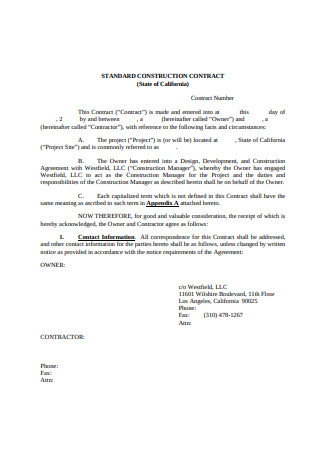
Standard Construction Contract
download now -
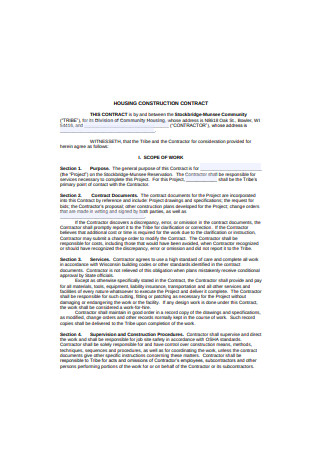
Housing Construction Contract
download now -
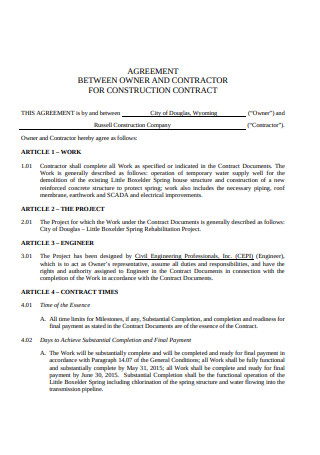
Construction Contract Example
download now -
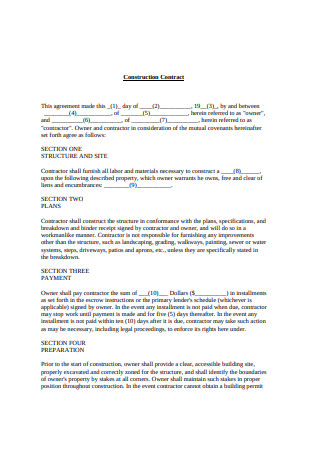
Basic Construction Contract Example
download now -
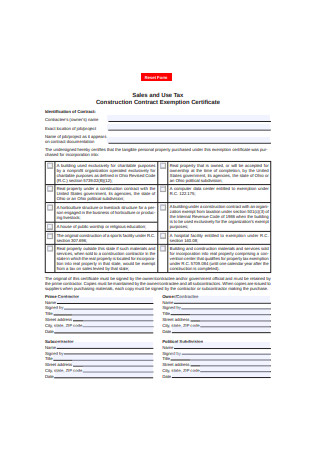
Construction Contract Exemption Certificate Form
download now -
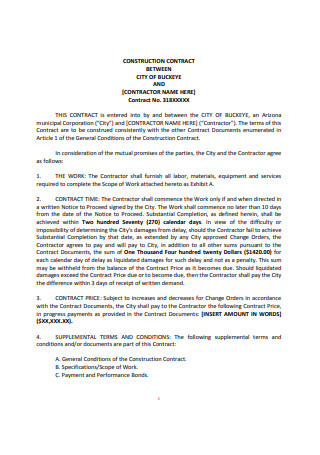
Construction Contract Sample
download now -
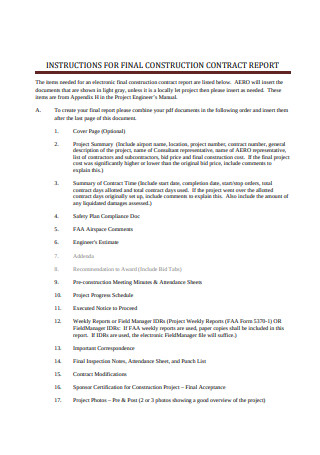
Final Construction Contract Report
download now -
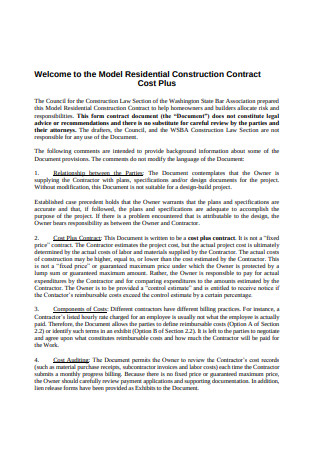
Residential Construction Contract
download now -
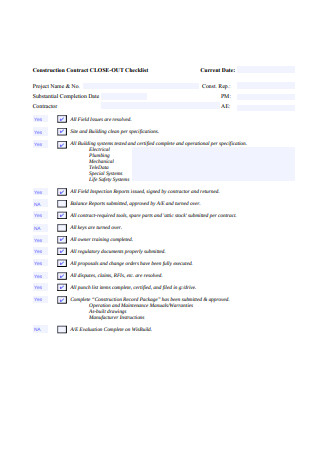
Construction Contract Close-Out Checklist
download now -
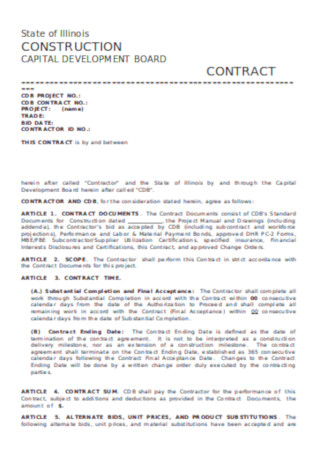
Sample Construction Capital Development Board Contract
download now -

Company Construction Contract Template
download now -

Addendum for Construction Contract Template
download now
What is a Construction Contract and Why is it Important?
Construction contracts contain the specific agreements of an upcoming project. It consists of the particular details of each party involved. Mainly, it introduces the owner, contractor, and suppliers of the project. Aside from these introductions, the contract presents the estimated time frame of the construction. It may also introduce the expected project milestones. Most importantly, a construction contract highlights the agreed payment arrangement among the parties. A construction contract is basically a manuscript of what is likely to happen in the upcoming construction project.
Whether starting from a bare piece of land or remodeling an old property, these works require construction contracts. As per the stipulations of the construction law, and under the primary use of contracts, construction contracts protect all the parties involved in the agreement in different degrees.
What Makes Up a Valid Construction Contract?
A construction contract can be unrecognizable when settled alongside other construction documents. In all fairness, all print contracts look the same. Their differences lie in the elements that make it up. From the identification of parties down to issue settlement methods, this list provides other vital features that make a construction contract valid and enforceable.
The Varieties of Construction Contracts
Like human relations, construction deals have their quirks and complexities. Some owners want the contractors to work with a fixed budget, while others are more critical in paying for both the materials and labor. These differences are accommodated in the different types of contracts. As you start to make your construction contract, it can be any of these three distinct types.
Fixed Price Contracts
Also referred to as lump sum contracts, this contract is an agreement between the owner and contractor to construct a project for a fixed price. At first glance, this contract is advantageous for the owner because they are fully aware of their expenses. The initially agreed lump sum will not accommodate the changes in the prices of the necessary materials for the project. If the actual amount of these materials exceeds the estimate, the contractor pays for it. But, for the benefit of the contractor, most fixed-price contract allocates budget for the contractor’s allowance. It is up to the other party on how they will utilize this extra money. Moreover, the contractor can receive incentives if they finish the project before the estimated termination date. On the flip side, the contractor’s party can also incur damages and, in turn, pay the owner, if the construction goes beyond the expected time.
Cost Plus Contracts
In contrary to lump-sum agreements, cost plus contracts are more favorable for the contractor’s party. In this case, the owner pays for the actual amount of the materials used for the project. Alongside the materials, the owner also pays for the labor of the workers. These payments are classified as direct costs. Indirect costs or overhead costs, on the other hand, are business-related. These costs usually include rents and insurances. From the owner’s perspective, this arrangement costs more than the fixed cost, but this arrangement is employed when the owner does not provide a clear and streamlined scope of work. As for the contractor, it is a win-win situation. They do not have to worry about paying for excess fees, and they receive payments as reimbursement for the times that they shell out money during the construction.
Time and Materials Contracts
The third type of construction construct, as stated by the Construction Law, is the time and materials contract. As the name suggests, the owner pays for the rendered time of the contractor and his team, and for all the materials that were used for the construction project. Similar to the cost plus arrangement, this deal presents several risks for the owner. The owner, alone, pays for the total costs, and for most time and materials contracts, a maximum price clause is present. This clause stipulates that the owner will pay the maximum value of the material or rate, regardless of its actual amount.
How Do You Lay Out the Details for a Construction Project?
If it is your first time in making a construction contract, you may have several ideas on what it should contain but in a rut on how to actually translate these ideas into writing. The list below can assist you on how you should start your contract. It can also provide you tips and thoughts on what to and what not to include in the legal document.
Step 1: Know Who You are Working With
Start your basic construction contract by knowing the teams that you will be working alongside. As the owner of the property, you need to be fully aware of who will be allocating the funds and who will be within the premises of your property for the time being. Other than these personal reasons, knowing the details of the project’s contractor and, even, their suppliers help you evaluate if the cost of the project is worth it. The identification details of all the parties are necessary for writing the introductory statements of the contract. It explicitly states the legal names of the parties and their designated roles in the arrangement. Furthermore, you also need to identify the representatives who are authorized to sign and enforce the contract.
Step 2: Dive into the Details of the Project
The next part after introducing the key stakeholders of the deal is to state the goals of the project and the tasks to achieve it. To avoid confusion and conflict, spell out the necessary tasks as if you are speaking to a child. Say, for example, you need to remodel office space. Indicate whether the walls need new paint, or if the electrical connections need fixing. Always keep in mind that you cannot hold the contractor liable for not doing a task when it was not stipulated in the contract. It is also ideal to present these tasks together with the needed materials and the people who are responsible for completing the task. In this manner, the foreman or overseer can keep track of the resources and the progress of those assigned.
At this point, the contractor will also present the details if they will subcontract other organizations to do other tasks for the project. This detail is vital for calculating the total cost of the project and the final payment of the owner.
Step 3: Settle the Payment Terms
After settling the goals and specific tasks of the construction project, the next thing to introduce is the payment terms. The payment arrangement can vary according to the type of contract—lump sum, cost plus, or time and materials. But, across these types, it is equally important to set the schedule of when to transfer payment and to agree on the preferred method of payment. It is also essential for the contractor to present a budget proposal that contains the estimated costs for the needed materials and labor, especially for fixed-cost arrangements.
Step 4: Discuss Methods to Settle Issues
Both short-term and long term construction projects face several issues that can cause delays and setbacks. Project delays are liabilities for both the owners and contractors because it incurs a significant financial loss. In order to avoid these delays, a construction contract must contain stipulations on how to resolve issues when it is still at its root. Aside from delays, leaving these conflicts alone can also result in court hearings. These legal proceedings also mean financial losses, and it can go on for several months to years. A basic contract can contain resolution statements, such as when to pay fees for non-compliance or disciplinary actions.
Step 5: Support with Supplementary Documents
A construction contract is a stand-alone document that contains the specifics of a project. But, presenting supplementary documents, can appeal to either party that wants to dwell into the details of each segment of the contract. An estimated budget plan and a more elaborate project schedule can serve as supporting documents to the agreement. Both parties can go into the details of these materials before affixing their respective signatures in the contract.
Try looking at buildings and structures beyond its materials and use. Take on a new perspective and consider the people who worked on it—on who conceived the idea, purpose, and design. Most especially, think about the minds behind the contracts and legal documents that allowed that turned an idea into a tangible structure. Construction contracts are more than pieces of paper tied together to achieve a particular goal. It is a written material of ideas and strategies to create something appealing and useful.
